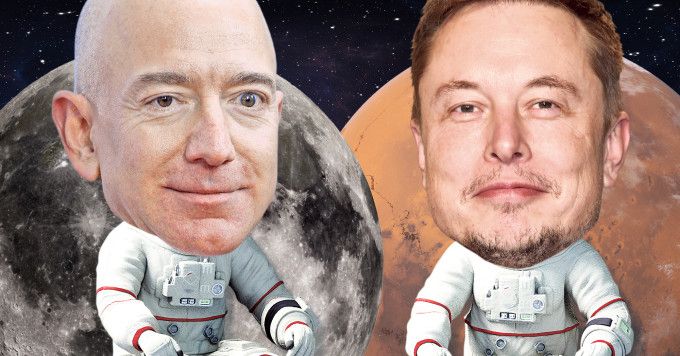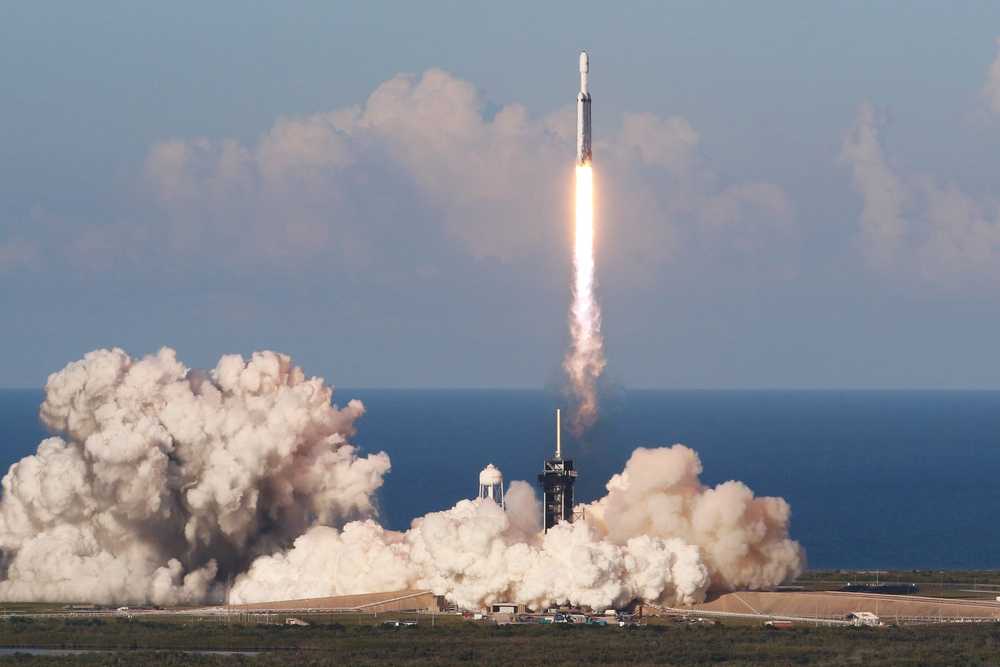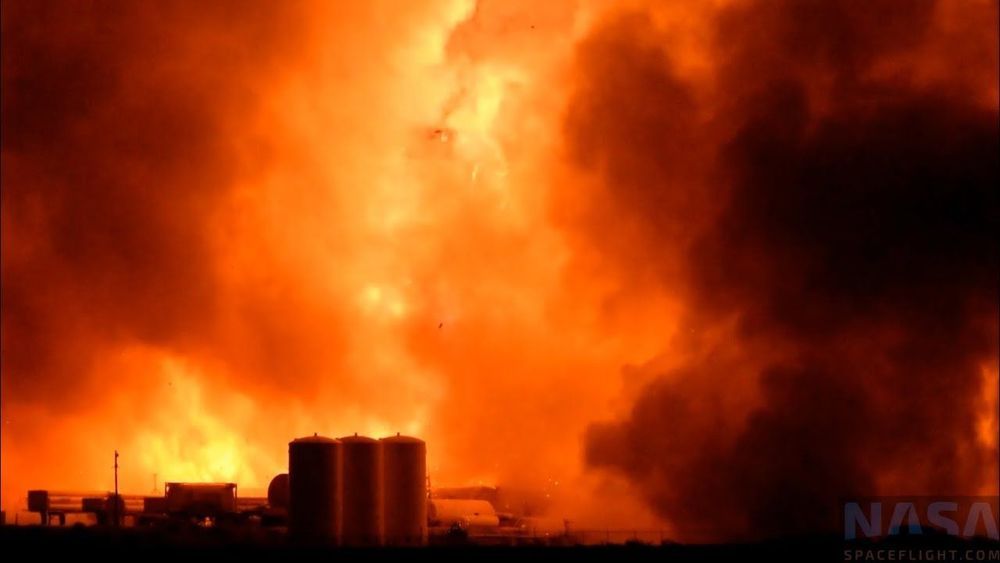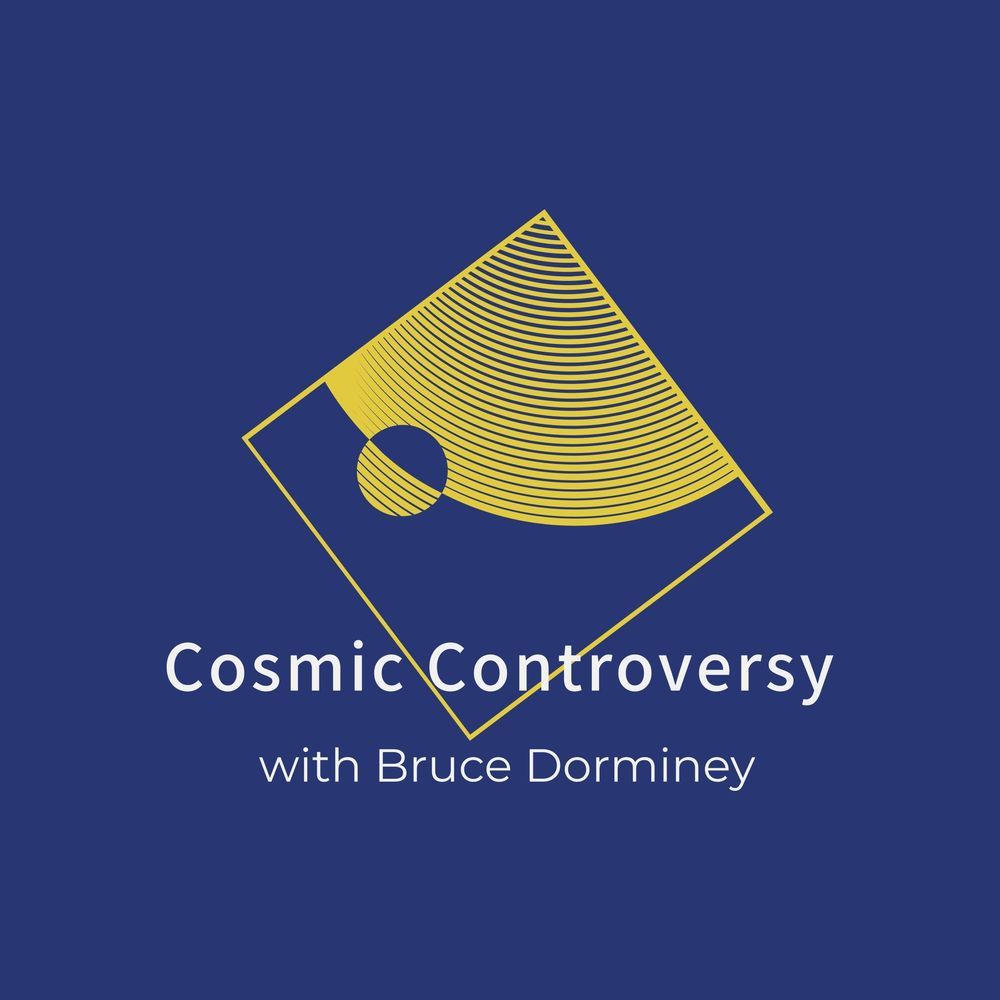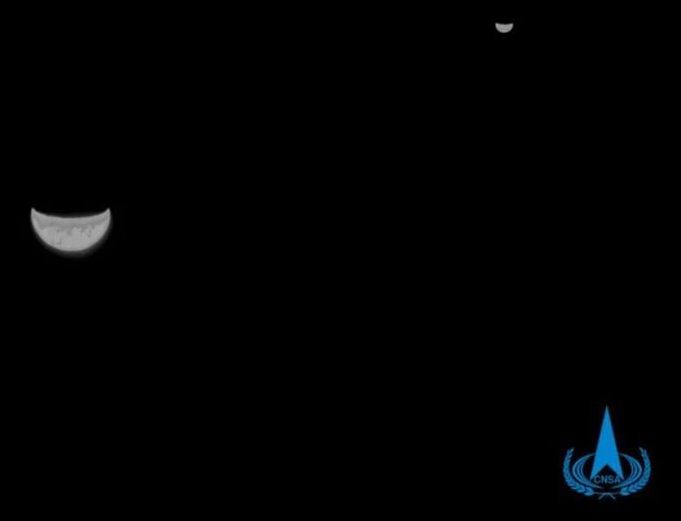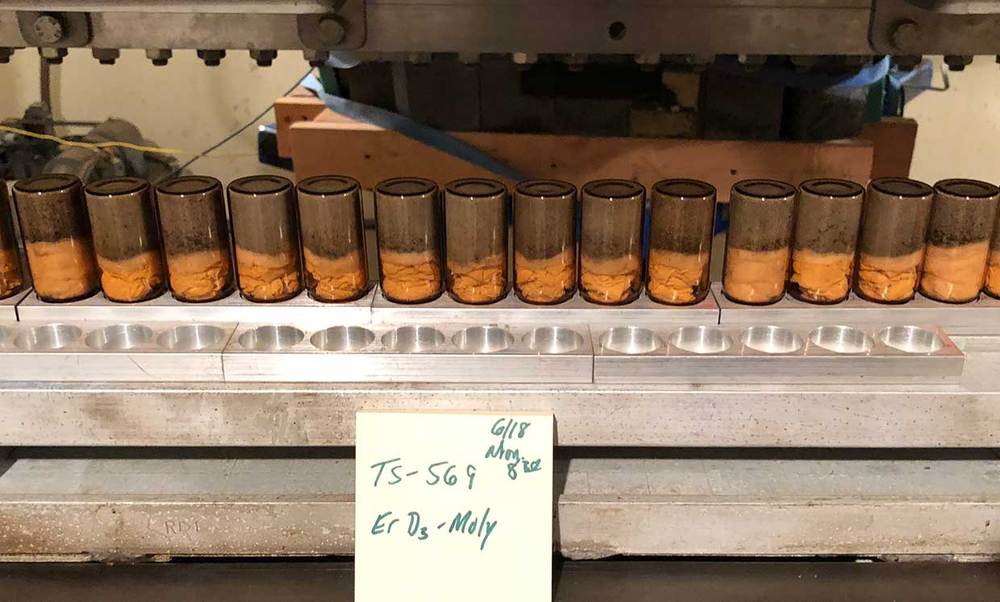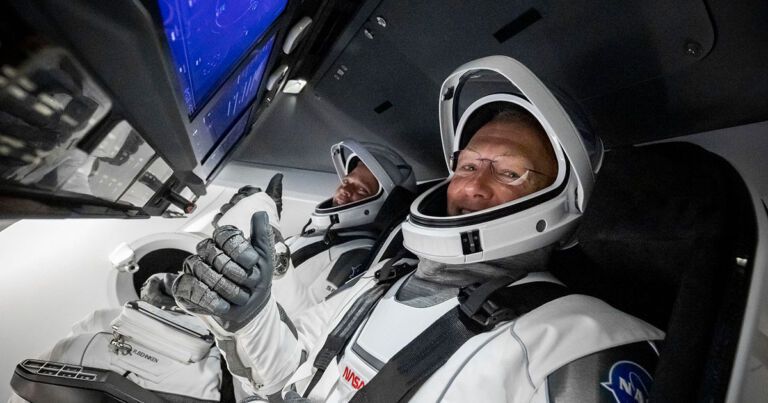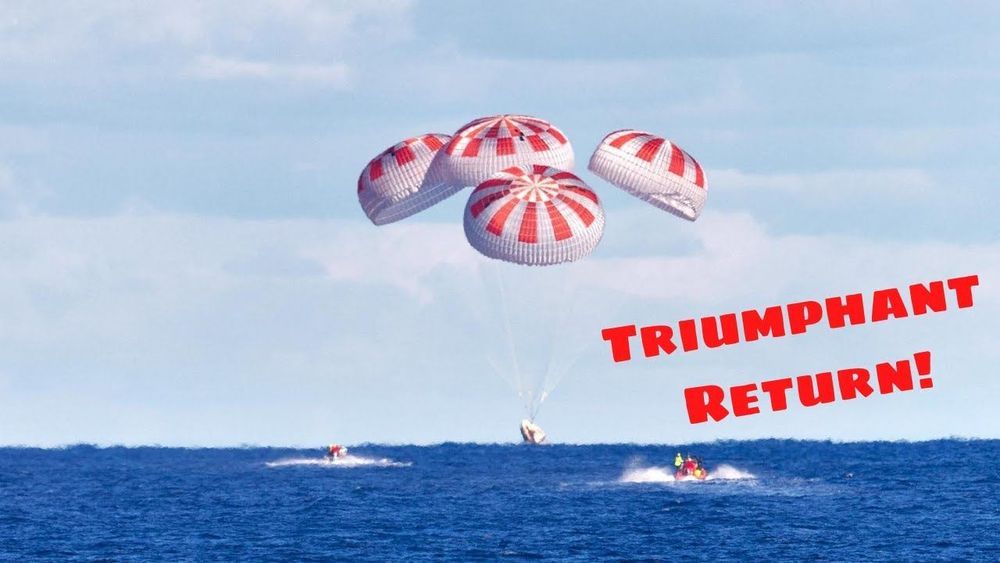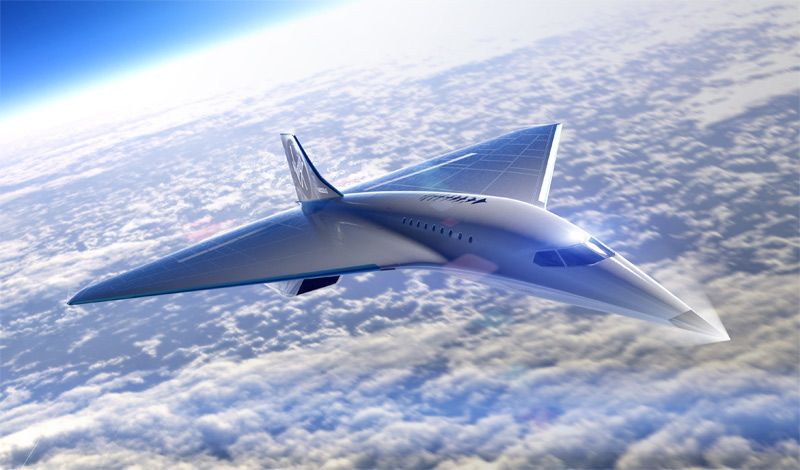
Aerospace company Virgin Galactic has announced a first stage design scope for the build of a new aircraft capable of reaching speeds of Mach 3 (3,700 km/h, or 2,300 mph).
Rolls-Royce will collaborate with The Spaceship Company (TSC) – a subsidiary of Virgin Galactic – in designing and developing the engine propulsion technology for this high-speed commercial plane. This follows the successful completion of a Mission Concept Review (MCR) that included representatives from NASA and resulted in authorisation from the Federal Aviation Administration (FAA). It means the companies can now work together to produce a certification framework.
Rolls-Royce has a proven track record of delivering high Mach propulsion, powering the only civil-certified commercial aircraft capable of supersonic flight – Concorde, which flew from 1969 to 2003. This new plane, if successfully developed and put into operation, would be more than 50% faster than Concorde. Journeys across the Atlantic, which typically take almost eight hours in a conventional airliner, could be completed in less than two hours.
